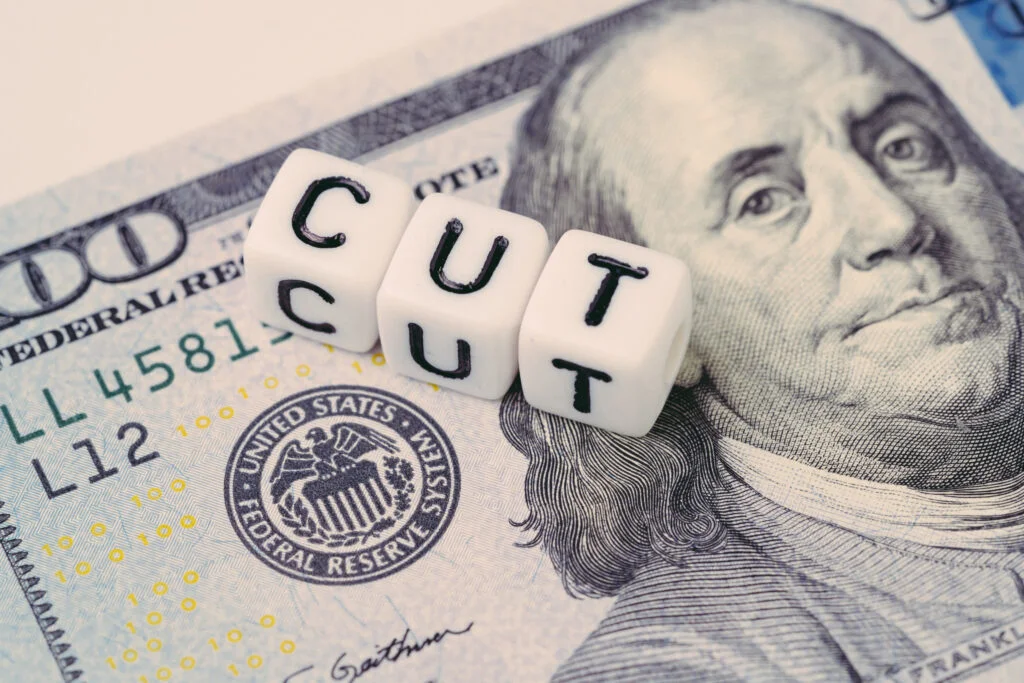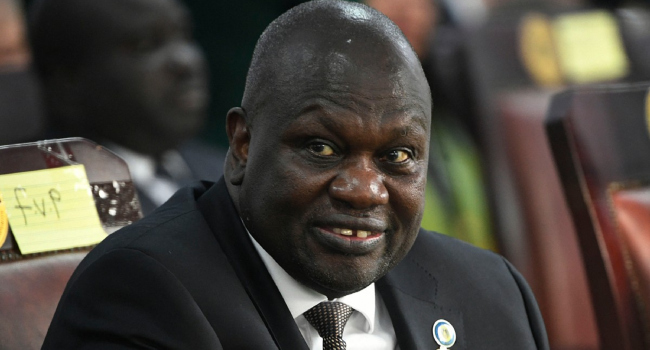Fed Rate Cut: Here’s What It Implies For Mortgage, Crypto, Savings Account, Auto Loan, Student Loan

The Federal Reserve cut interest rates for the first time in 2025, which could impact mortgage rates, bond yields, and boost crypto. The move will ripple across consumer finances, affecting mortgages, credit cards, student loans, auto loans, and savings accounts.
Impact On Mortgage, Cryptocurrencies, Credit Cards
Mortgage rates are tied more to Treasury yields than Fed moves. Average 30-year fixed mortgage rate have fallen to 6.30% as of September 16, the lowest since Oct. 2024. Rates typically drop ahead of Fed cuts, but most U.S. homeowners with fixed mortgages won’t see relief unless they refinance or buy anew—benefits mainly go to prospective buyers and refinancers.
Cryptocurrency markets may benefit from lower interest rates as investors shift from low-yield bonds and savings to riskier assets. While Bitcoin BTC/USD has struggled to break out of its trading range, other major tokens rose after the Fed’s first rate cut of the year. Analysts, including IncomeSharks and CrypNuevo, forecast Bitcoin could soon reach $120,000, building on recent gains driven by looser regulations under the Trump administration.
Most credit cards carry variable interest rates, which are directly tied to the Federal Reserve’s benchmark. When the Fed cuts rates, the prime rate also declines, and credit card interest charges generally move in the same direction. Still, annual percentage rates will remain elevated even after some relief. “Borrowers may see their rates fall by about half a percentage point — perhaps slightly more — by early 2026,” noted Ted Rossman, senior industry analyst at Bankrate, as per CNBC.
Fed Rate Cuts: Mixed Impact on Loans and Savings
Jessica Caldwell, head of insights at Edmunds, told CNBC that while auto loan rates are fixed, buyers could still benefit from lower borrowing costs on new loans. She added that although a small Fed rate cut won’t significantly reduce monthly payments, it can lift overall buyer confidence. Bankrate analyst, Stephen Kates told NBC if car sales slow down and the auto market tightens, lending margins could narrow, though auto loan rates don’t necessarily move in direct step with the Fed’s rate.
The most common federal loans, come with fixed interest rates and flexible repayment options. If you have a private loan, it could carry either a fixed rate or a variable rate linked to the Treasury bill or other benchmarks. with Fed lowering interest rates, borrowers with variable-rate private student loans may see their rates decrease automatically, stated CNBC higher education expert Mark Kantrowitz.
For savings account, falling interest rates will slowly erode the strong returns currently offered by certificates of deposit (CDs) and high-yield savings accounts. As of now, leading CD rates are at or above 4%, while high-yield savings accounts average around 4.6%, according to DepositAccounts.com. Some accounts may continue to provide yields near 4% into late 2025, but founder Ken Tumin cautions that expected Fed rate cuts will likely drag average returns lower over time, reported ABC.
Economist Warns About Stagflation Risks
Economist Mohamed El-Erian noted that “all but one FOMC member backed the 25bps cut,” with a majority of the committee “now signaling two additional cuts over the remainder of this year, up from one previously.”
University of Michigan economist Justin Wolfers wrote in a post on X that the Fed’s remarks on slowing job growth and persistent unemployment alongside elevated inflation confirmed that “stagflation is in the room.”
READ NEXT:
The Rate Cut Trump Wanted Is Here — And Fed Hints More May Follow
Image via Shutterstock



